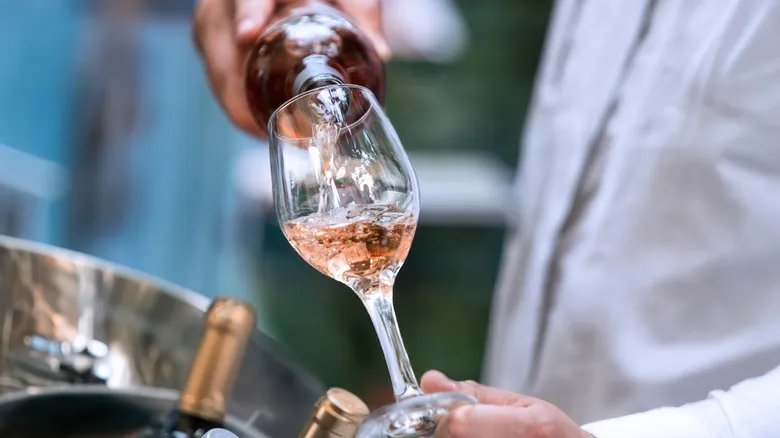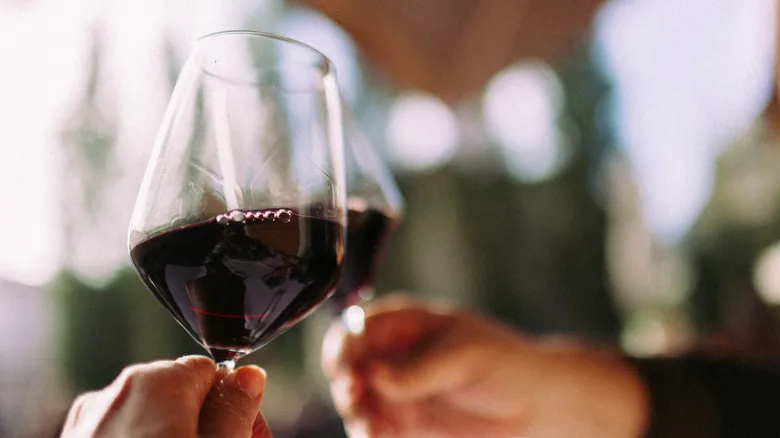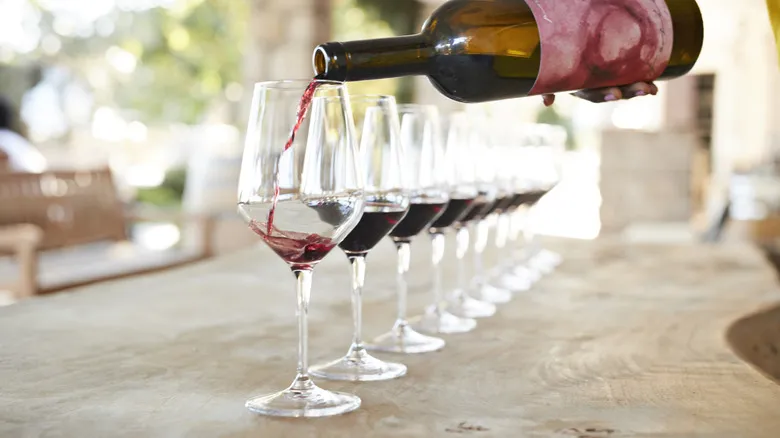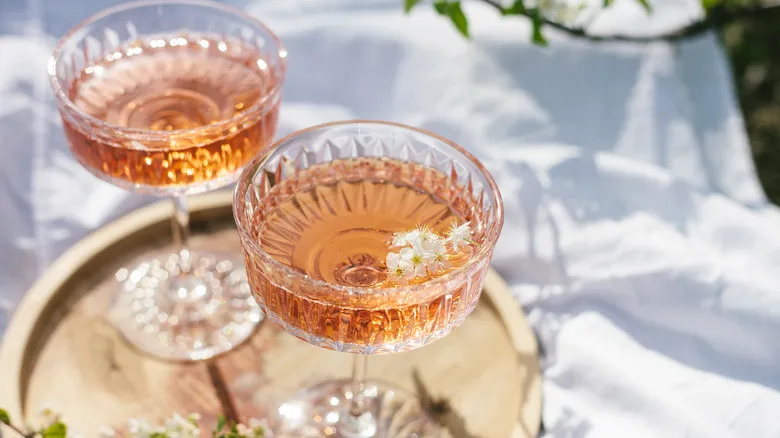A breakdown of blush wine

Gillian Mosher, Senior Director of Global Corporate Communications at NielsonIQ, explained the fundamentals of blush wine to Forbes. "Blush wines encompass all pink wines, including budget-friendly options like white zinfandel. Rosé, on the other hand, is typically of higher quality and is labeled as such." While rosé and other blush wines share characteristics—being light, crisp, and ideal for summer or brunch—rosé represents a premium, meticulously crafted category of blush wine, often sourced from renowned regions like Provence.
To maintain affordability, non-rosé blush wines are generally produced on a large scale. However, this doesn't diminish their appeal or the interesting stories behind them. The sweeter, more economical blush wine originated in California. In 1975, Sutter Home Winery in Napa Valley experienced a fortunate mishap when a dry white zinfandel failed to complete fermentation. They opted to bottle and sell this sweeter, lower-alcohol version at a lower price, much to the delight (or dismay) of wine enthusiasts. Recently, some New World wineries have been working to enhance the reputation of white zinfandel, suggesting that there are indeed blush wines beyond rosé that are worth sampling. The key takeaway is clear: all rosés are blush wines, but not all blush wines are rosés—and both deserve a spot on your shopping list for delightful sipping.
Recommended

Having A Dry White Wine? Reach For These Types Of Dishes

The Best Wine To Pair With Your Thanksgiving Ham

The Wine Glass Mistake You Probably Don't Realize You're Making

How Many Glasses Of Wine Are In A Bottle?
Next up

